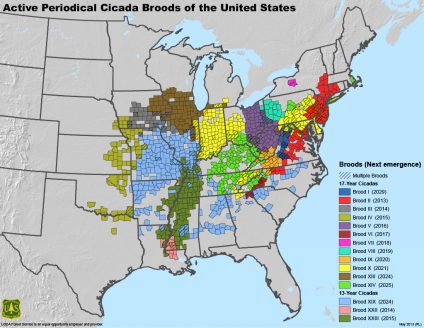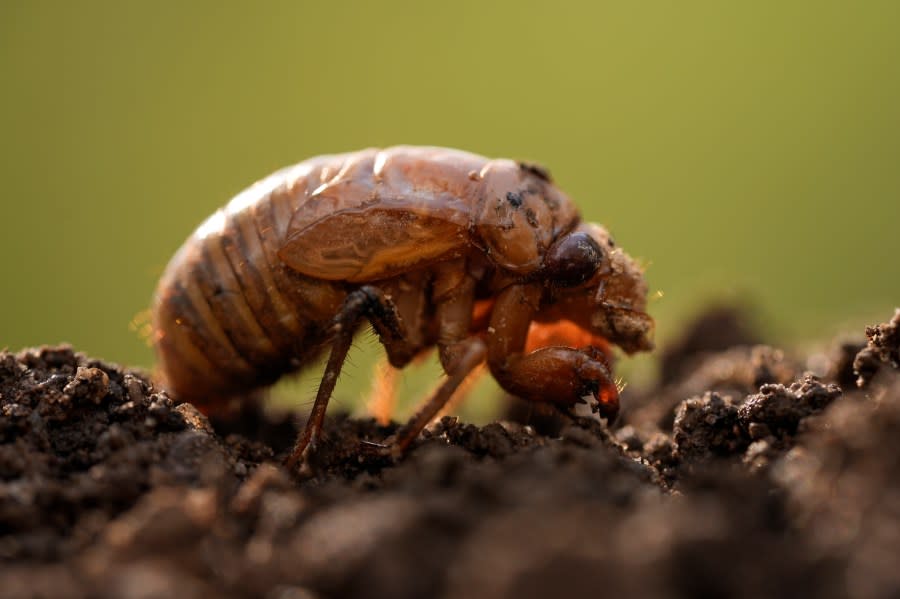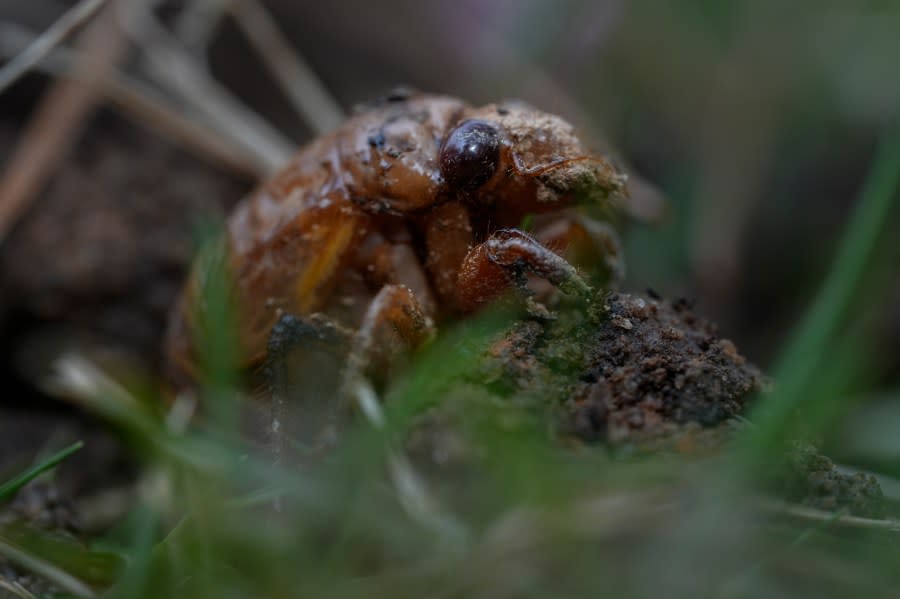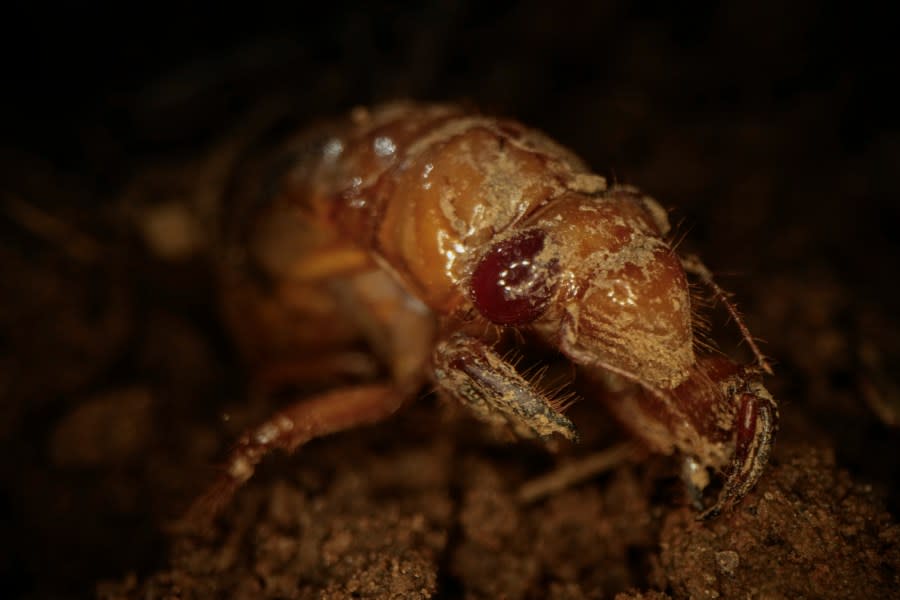‘Cicada-geddon’: Will New York soon be bombarded with cicadas?

(NEXSTAR) — Many in the U.S. will soon be face to face with the biggest bug emergence in centuries. In what some are calling “cicada-geddon,” trillions of cicadas underground are on track to crawl out in a double dose of weirdness.
First, around mid-May, we’ll see Brood XIX emerge. Considered the largest periodical cicada group, they emerge every 13 years. As that group disappears, another group, Brood XIII, will emerge. This group resurfaces every 17 years.
“They overwhelm you with numbers,” Dr. Frank A. Hale, of the University of Tennessee’s Extension program, told Nexstar’s WKRN. Hale estimated that some areas may see up to a million cicadas per acre.
2 people fall onto train tracks after brawling in Manhattan subway station: NYPD
This is the first time since 1803 that Broods XIX and XIII will co-emerge, according to the University of Connecticut (though we last saw a 13-year brood and a 17-year brood emerge together in 2015).
So will you be among the lucky (or unlucky) who are infiltrated by the broods this year?
Like April’s solar eclipse and the latest report on who will get an early summer, it depends on where you live.
Where will the cicadas appear?
Sometimes known as the Great Southern Brood, the University of Illinois Urbana-Champaign says cicadas of Brood XIX will emerge across Alabama, Arkansas, Georgia, Illinois, Indiana, Kentucky, Louisiana, Mississippi, Missouri, North Carolina, Oklahoma, South Carolina, Tennessee and Virginia.
A periodical cicada nymph is seen in Macon, Ga., Wednesday, March 27, 2024. This periodical cicada nymph was found while digging holes for rosebushes. Trillions of cicadas are about to emerge in numbers not seen in decades and possibly centuries. (AP Photo/Carolyn Kaster) A periodical cicada nymph is seen in Macon, Ga., Wednesday, March 27, 2024. This periodical cicada nymph was found while digging holes for rosebushes. Trillions of cicadas are about to emerge in numbers not seen in decades and possibly centuries. (AP Photo/Carolyn Kaster) A dirt-dusted periodical cicada nymph wiggles its forelimbs in Macon, Ga., on Thursday, March 28, 2024. This periodical cicada nymph was found while digging holes for rosebushes. Trillions of cicadas are about to emerge in numbers not seen in decades and possibly centuries. (AP Photo/Carolyn Kaster) Georgia Institute of Technology biophysicist Saad Bhamla holds a cicada nymph on the campus of Georgia Institute of Technology in Atlanta on Thursday, March 28, 2024. (AP Photo/Carolyn Kaster)
The 17-year periodical cicadas in Brood XIII will be less widespread, emerging only in Indiana, Illinois, Iowa, Wisconsin and potentially Michigan.
If you live near any of these states, you also have a fair chance of seeing a stray cicada or two. If you live in the West — say Utah or California — you’re likely spared from being bombarded by these bugs.
In fact, according to the U.S. Department of Agriculture Forest Service, cicada broods are focused primarily in states along or east of the Mississippi River.

What should you expect from Broods XIX and XIII?
Brood XIX is expected to emerge in mid-May as the ground warms up, though experts say the group has already created countless boreholes in the red Georgia clay. They’ll be around for roughly a month. Brood XIII should emerge around the same time.
Experts believe we’ll see around 1 million cicadas per acre. That could easily total hundreds of trillions, maybe quadrillions, University of Connecticut cicada expert John Cooley told The Associated Press.
NYPD deploys extra officers to Jewish places of worship after Iran strikes Israel
“Periodic cicadas don’t do subtle,” Cooley added.
Outside of hurting your ears with their singing or spattering you with their urine, cicadas are harmless to humans and pets.
The Associated Press contributed to this report.
For the latest news, weather, sports, and streaming video, head to PIX11.





